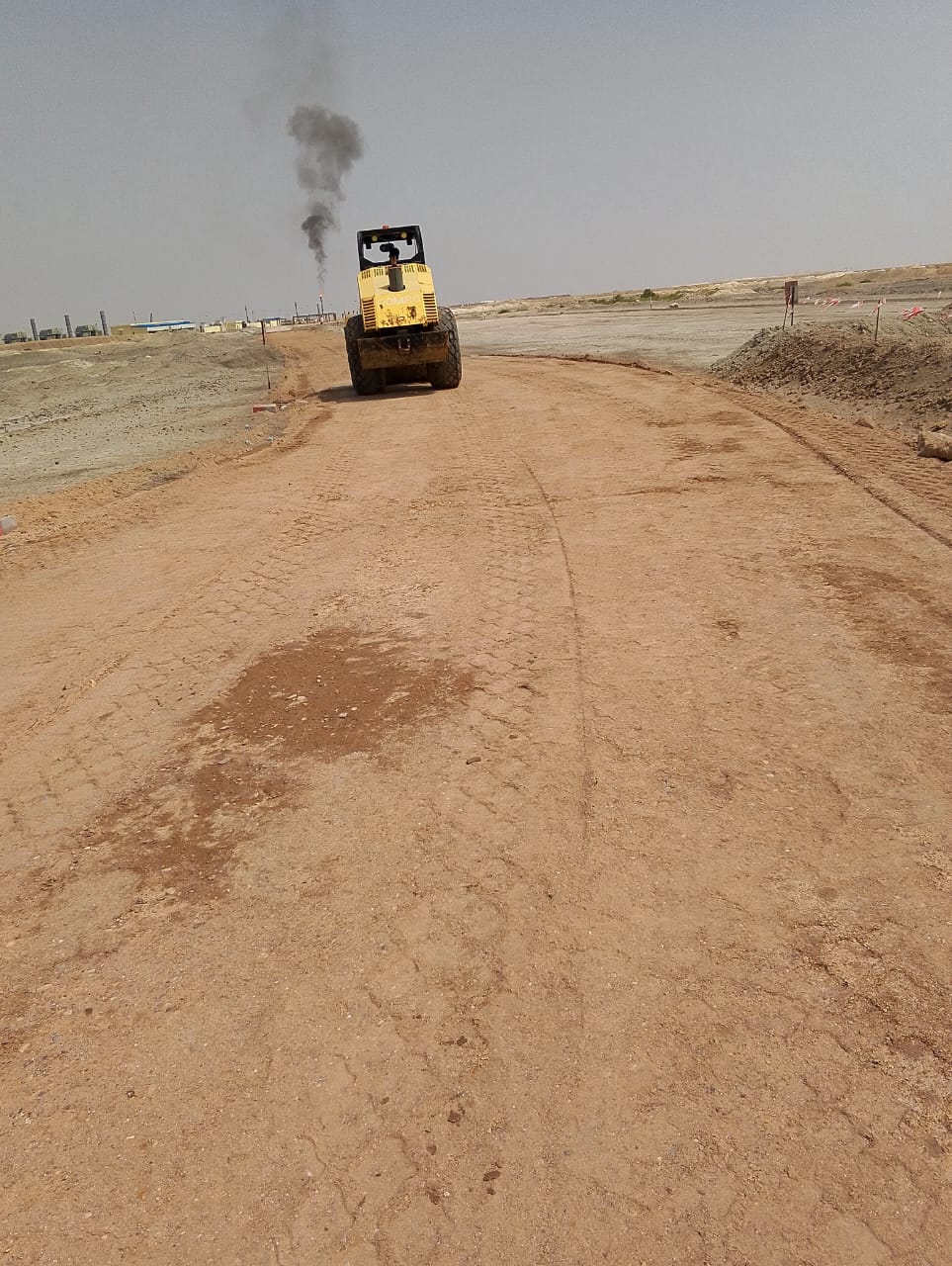Road Maintenance
Road Maintenance for OHTL 33KV
ECD Company successfully completed the construction of the maintenance road for the OHTL 33KV project. The scope of work involved several key phases to ensure the road met the required standards and was ready for use.
Initially, the team undertook land modification and leveling to prepare the area for construction. This crucial step ensured a stable foundation for the subsequent layers.
Following the land preparation, ECD installed a layer of geogrid, which provides essential reinforcement and enhances the road’s durability. The next phase involved laying the sub-base, which acts as the primary support layer for the road.
Once the sub-base was in place, a layer of stone was spread evenly across the road surface. This layer adds strength and stability to the road structure. Subsequently, thorough compaction (rolling) was performed to ensure all layers were tightly packed and secured.
The project culminated with the final delivery of the completed maintenance road, ready for operational use. Through meticulous planning and execution, ECD ensured that the road construction met all necessary specifications and quality standards.










Our team of skilled and experienced electricians are available 24/7 to handle any urgent electrical issues that may arise. Our priority is to ensure the safety and satisfaction of our customers by delivering prompt and reliable service. Trust Urgent Electrical Services to quickly and effectively resolve your electrical problems.
One of the key services offered by our company is the installation of LV/HV (Low Voltage/High Voltage) substations. LV/HV substations play a crucial role in the electrical power distribution system by transforming electrical energy from low voltage to high voltage or vice versa, depending on the requirements of the system.
Inspection and commissioning are essential processes in the field of engineering and construction, particularly in the installation of electrical systems and equipment. Inspection involves a thorough examination of the installed components to ensure they meet the required standards and specifications. This includes checking for any defects, damages, or malfunctions that may affect the performance and safety of the system.

